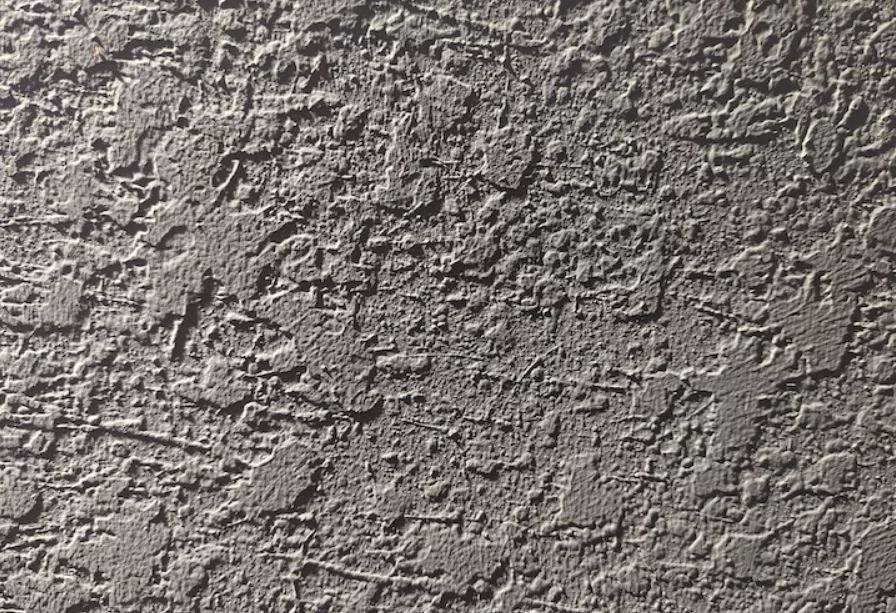4 Drywall Tips for Success
As a home owner, it is important to know how to handle certain tasks and projects on your own. One such project is drywall installation and finishing. Whether you're renovating a room or building a new one, knowing how to properly finish and texture drywall can save you time and money. This blog post will provide you with four drywall tips for success.
Proper Preparation is Key
The first and most important tip for successful drywall installation and finishing is proper preparation. Before installation, it is important to make sure that the area is clean and free of any debris. You also want to ensure that the studs are visible, as they will be necessary for attaching the drywall. During installation, make sure that each piece of drywall fits snuggly against the studs, with no gaps. After installation, seams should be covered with tape and joint compound should be applied with a trowel or putty knife. Proper preparation ensures a smooth and even finish.
The Right Tools
The right tools can make all the difference when it comes to finishing and texturing drywall. A drywall sander can save you time and effort when it comes to sanding down seams and joints. A drywall texture sprayer can help you create a variety of textures, from orange peel to knockdown. Using the right tools can not only increase efficiency but can also create a professional-looking finish.
Practice Makes Perfect with Drywall Texturing
If you plan on texturing your drywall, it is important to note that it takes practice to perfect the technique. Before you tackle your walls and ceilings, practice different textures on a small piece of drywall or even cardboard. This will help you get a feel for the texture sprayer and the various techniques available. Don't be afraid to experiment, as different textures can create unique looks and add depth to your walls. However, you may also want to consider asking professionals for help on this leg of the process, such as Cooper Construction.
Sand and Prime
After the textured drywall has dried, it's time to sand the surface. Sanding will not only smooth out the surface but will also reveal any flaws or bumps that need to be addressed before painting. Once the surface is smooth, it's important to prime the drywall. Priming will help ensure a consistent finish while preventing the drywall from absorbing too much of the paint. After priming, it is recommended to finish with two coats of paint for a professional and durable finish.
Drywall installation and finishing can be daunting, but it doesn't have to be. Proper preparation, using the right tools, practicing with texture, and sanding and priming are key elements for success. By following these tips, not only can you create a professional-looking finish, but you can save time and money in the long run. As a home owner, it's important to be prepared for any project that may come your way. Knowing how to finish and texture drywall is just one more skill that you can add to your arsenal.


